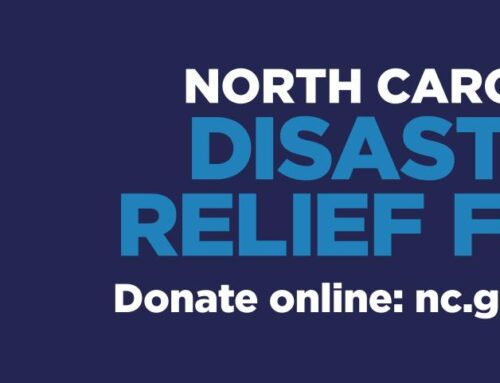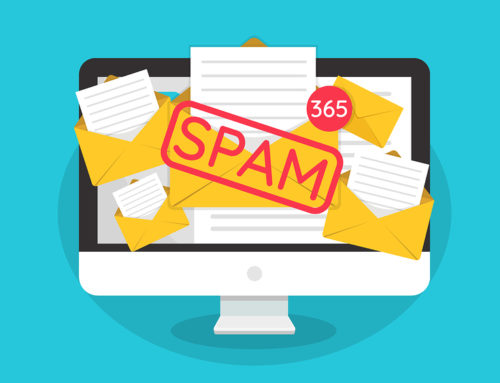I am on vacation this week, so I asked several friends to guest blog on a hot topic in our recent survey on what you wanted to learn more about: nonprofit events. This week you’ll hear from Sandy Rees, Ceci Dadisman, Dawn Crawford, and Gail Perry.
Take it away, ladies!
Kivi
Guest Post by Sandy Rees, Get Fully Funded
Special events have an important place in a good overall fundraising program. One or maybe two well-done special events can generate publicity for your organization in addition to raising money. Events can also give you a way to cultivate relationships.
Be very careful not to get on the “special event hamster wheel” where you are holding too many events during the year. This is not the best use of your time.
Here are 6 tips to help you maximize your efforts with your special events.
1. Clearly define each event you hold.
Is the event a friend-raiser or fund-raiser? Are you having the event to raise awareness? Knowing your purpose will help you set the direction and expectations for the event to ensure success. It will also help you narrow down the list of donors or potential donors you invite to the event so that you are getting the people that will help you meet your expectations and goals for the event.
2. Know how many events you can handle.
Be careful not to overload your staff and volunteers with too many events. You want your events to be well-planned and effective. One or two big events that are broad-reaching into the community are much better than lots of little events that use up all your time and energy. Make sure that the events you do are a big deal to your staff, volunteers, donors, and the community.
3. Use special events as a chance to involve businesses.
Event sponsorships are a great way to involve local businesses and corporations in your special events. If your event garners publicity, particularly through the media, you can probably secure at least one corporate sponsor. Good candidates for sponsors are banks, communications companies, and other businesses that have broad target audiences.
4. Use a planning timeline.
Once you set the date for your event, use a timeline to back up from the event to plan all the details. You can include things like sending a press release to the local media a week before the event, confirming with a caterer two days before the event, and so forth. This great planning tool can help you keep track of all the details and avoid letting things fall between the cracks.
5. Use a committee of volunteers to plan the event.
Recruit volunteers to help you plan and execute your event. You can get help pulling the event off and you will probably get some good ideas, too. It will be much easier tending to all the details with extra hands. Plus, involving volunteers in the work you are doing is a great way to get to know them and build a relationship. After all, it’s all about relationships!
6. Learn from your mistakes.
After the event, have a meeting with your planning committee and any other people to have a “lessons learned” session. Talk about what went well and what didn’t. Make notes about each item you discuss and save the notes for your first planning meeting next year. Then next year, you’ll have something to start from and hopefully avoid making the same mistakes twice.
Sandy Rees, CFRE, is a nonprofit fundraising coach and consultant who shows nonprofit leaders how to raise the money of their dreams. Since 1998, Sandy has raised annual funds using techniques such as grantwriting, direct mail, monthly giving, events, online fundraising, and major gifts.
She is an AFP Master Trainer and regularly leads workshops on a variety of topics for organizations around the country. Sandy is the author of the books “Fundraising Buffet,” “Simple Success Fundraising Plan,” and “Get Fully Funded.” Also, check out her Get Fully Funded blog.






